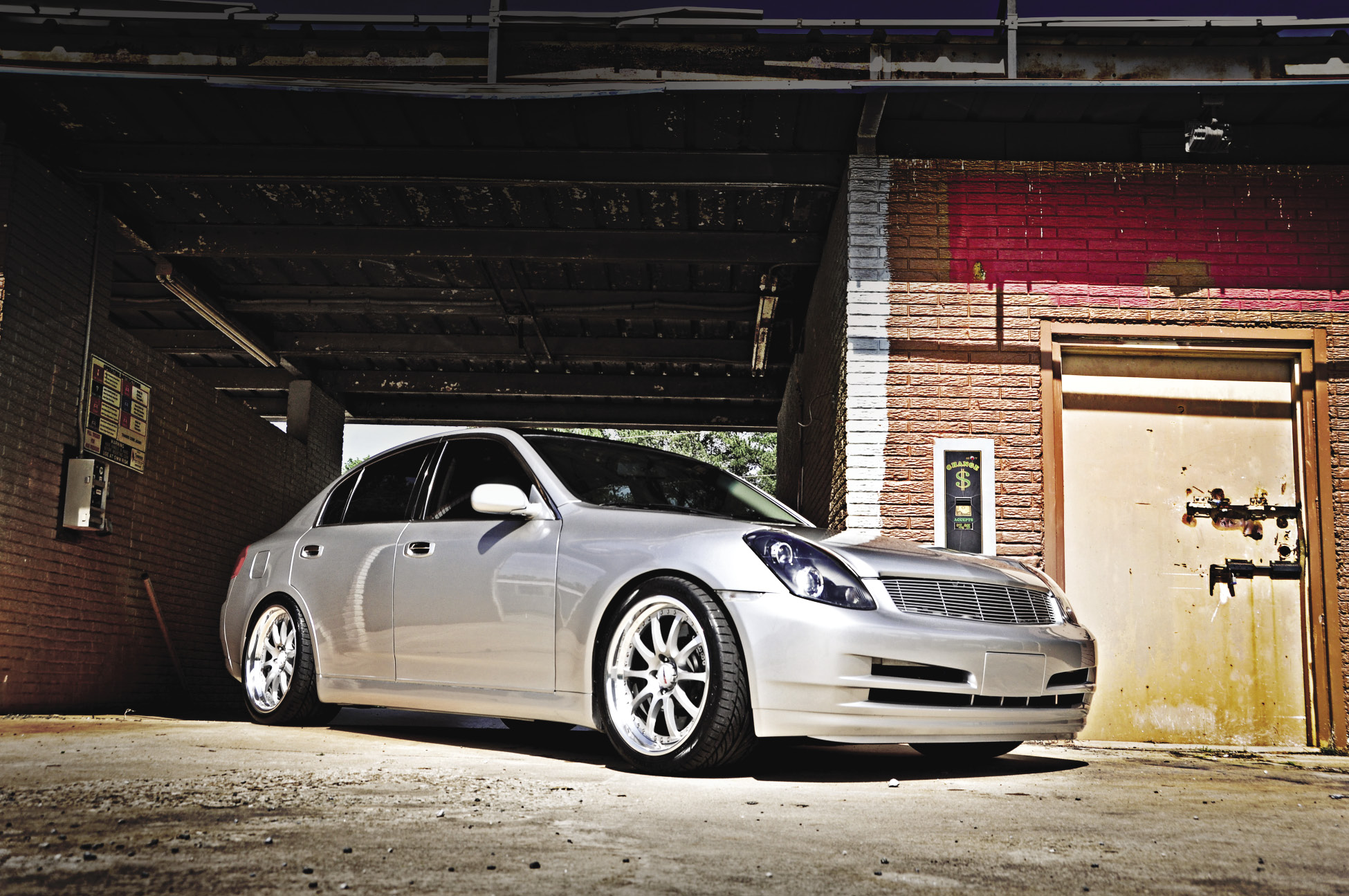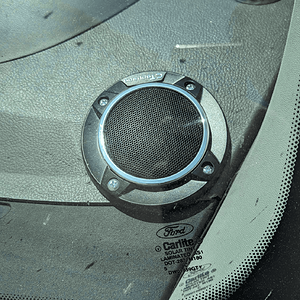Jeffdachef 5,000+ posts
Gunz That Turn on Nunz
Have them Take the 10k challenge thenI think like you some people believe EQ is the answer, but there are many other factors to consider on how the final sound is achieved.
The Richard Clark Amp Challenge is a listening test intended to show that as long as a modern audio amplifier is operated within its linear range (below clipping), the differences between amps are inaudible to the human ear. Because thousands of people have taken the test, the test is significant to the audiophile debate over audibility of amplifier differences. This document was written to summarize what the test is, and answer common questions about the test. Richard Clark was not involved in writing this document.
The challenge
Richard Clark is an audio professional. Like many audiophiles, he originally believed the magazines and marketing materials that different amplifier topologies and components colored the sound in unique, clearly audible ways. He later did experiments to quantify and qualify these effects, and was surprised to find them inaudible when volume and other factors were matched.
His challenge is an offer of $10,000 of his own money to anyone who could identify which of two amplifiers was which, by listening only, under a set of rules that he conceived to make sure they both measure “good enough” and are set up the same. Reports are that thousands of people have taken the test, and none has passed the test. Nobody has been able to show an audible difference between two amps under the test rules.
This article will attempt to summarize the important rules and ramifications of the test, but for clarity and brevity some uncontroversial, obvious, or inconsequential rules are left out of this article. The full rules, from which much of this article was derived, are available here and a collection of Richard's comments are available here.
Testing procedure
The testing uses an ABX test device where the listener can switch between hearing amplifier A, amplifier B, and a randomly generated amplifier X which is either A or B. The listener's job is to decide whether source X sounds like A or B. The listener inputs their guess into a computerized scoring system, and they go on to the next identification. The listener can control the volume, within the linear (non-clipped) range of the amps. The listener has full control over the CD player as well. The listener can take as long as they want to switch back and forth between A, B, and X at will.
Passing the test requires two sets of 12 correct identifications, for a total of 24 correct identifications. To speed things up, a preliminary round of 8 identifications, sometimes done without levels or other parameters perfectly matched, is a prerequisite.
Richard Clark normally has CD source, amplifiers, high quality home audio speakers, and listening environment set up in advance. But if the listener requests, they can substitute whatever source, source material, amplifiers, speakers (even headphones), and listening environment they prefer, within stipulated practical limits. The source material must be commercially available music, not test signals. Richard Clark stipulates that the amplifiers must be brand name, standard production, linear voltage amplifiers, and they must not fail (e.g. thermal shutdown) during the test.
Amplifier requirements
The amplifiers in the test must be operated within their linear power capacity. Power capacity is defined as clipping or 2% THD 20Hz to 10kHz, whichever is less. This means that if one amplifier has more power (Watts) than the other, the amplifiers will be judged within the power range of the least powerful amplifier .
The levels of both left and right channels will be adjusted to match to within .05 dB. Polarity of connections must be maintained so that the signal is not inverted. Left and Right cannot be reversed. Neither amplifier can exhibit excessive noise. Channel separation of the amps must be at least 30 dB from 20Hz to 20kHz.
All signal processing circuitry (e.g. bass boost, filters) must be turned off, and if the amplifier still exhibits nonlinear frequency response, an equalizer will be set by Richard Clark and inserted inline with one of the amps so that they both exhibit identical frequency response. The listener can choose which amplifier gets the equalizer .
Last edited:




